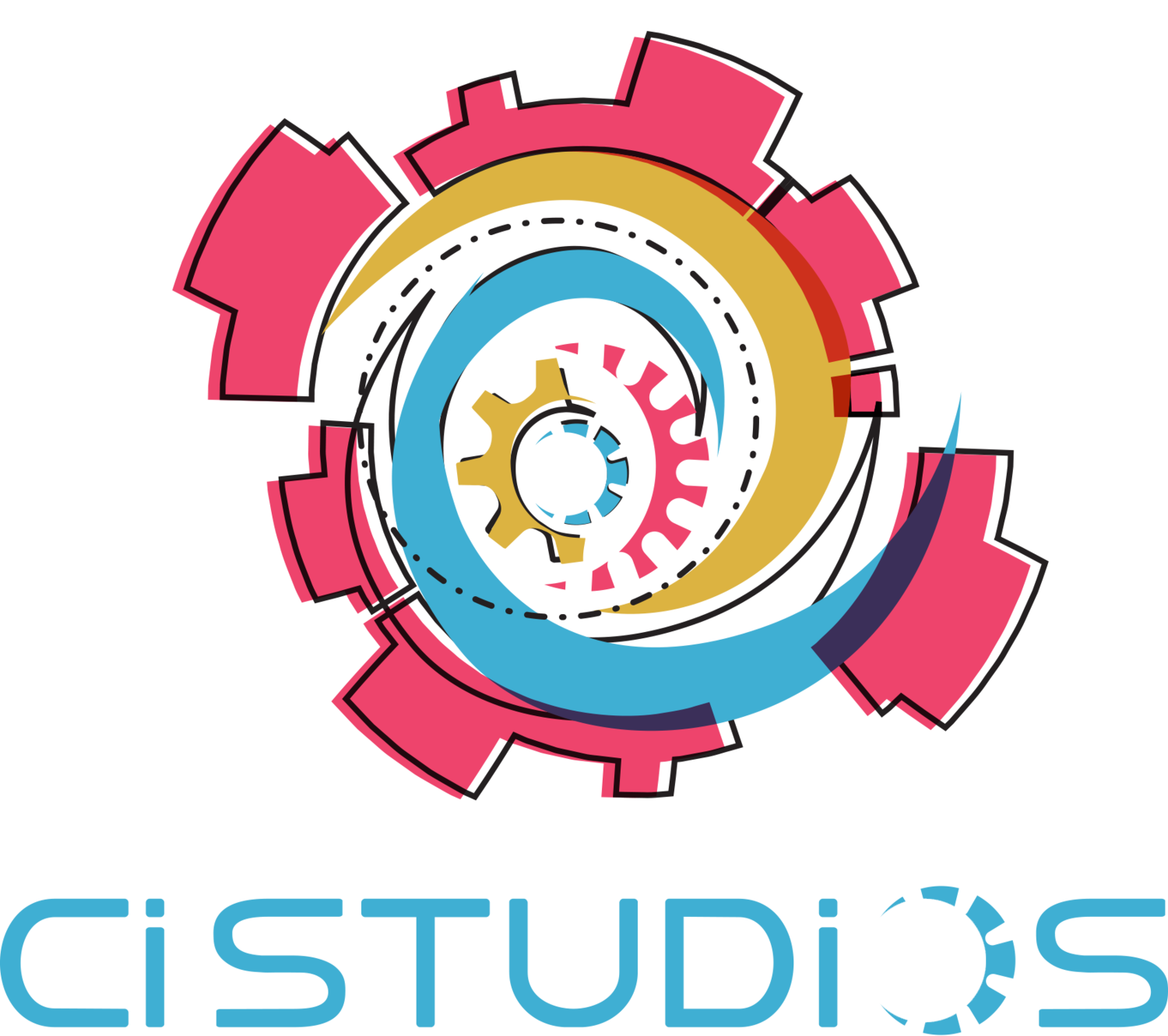What is the difference between animation and motion graphics? And when do you use one versus the other? We had a project recently that helpfully illustrated some of these topics: The client wanted a series of videos that discussed various HR-related topics, but in a fun and universally-accessible way. They asked what the pipeline for character animation would look like, specifically an approach where "employees" of the "company" would interact and act out scenarios that would plausibly come up in an office context. They wanted estimate for both motion graphics and character animation, and we'd like to share with you this month some of the observations we made along the way.
Our estimate for character animation was in line with other similar proposals we've made in the past. We'd create shots and scenes of "employees" of the "company" acting out scenarios that would plausibly come up in an office context. To this end, we gave a breakdown of what this would all entail: storyboarding each shot (giving an idea of pacing and overall shot framing), asset design (for characters, backgrounds and props, such that they could be used in multiple scenes without reinventing the wheel each time), and appealing character animation that combines both the storytelling aspects, and the visual look-and-feel aspects. It was a very ambitious, colorful package. And ultimately, not one that worked with the client's deadline.
So, using the same script synopsis, we moved into a more motion graphics-eque direction. And once again, we created an outline of the overall visual look and feel, and how that would enhance the storytelling process. Notably, they helpfully provided a branding guide, where we identified specific colors and shapes that would appear again and again throughout the videos (to tie everything together in a logical fashion).
We briefly explored the idea of creating animations using their logo itself (ie, turning it into a "character" that would hop around like the carpet from Aladdin), but the client's branding guide nixed that idea. This is not uncommon, and the company's argument is generally that creating visuals that morph/stretch their logo in such a way can dilute their brand, and ultimately it is their call. So we moved on.
We created some interesting visual backgrounds and transition elements, and animated a few charts and graphs that would describe various statistics (I'm assuming all the math there was correct). However, this brought us right to another, inevitable challenge: The meat of the video itself.
Given the "lecture" nature of the videos, it made sense to include text and photos where appropriate to explain and support various topics, and the challenge anytime this happens is to present the text in such a way that it doesn't merely look like a powerpoint presentation (and no offense intended to powerpoint designers! Our point is merely that videos and powerpoints fill very different functions and it's generally a good idea to stick to each medium's respective strong points).
So, a challenge that arose throughout the project was sourcing photos, clips, and other media that the client would be comfortable using in these videos, and not repeating any of them, while also presenting all the information they needed, connected together with "abstract" animated visuals, and in a timely fashion. And, we had the usual challenges of finding the right voiceover artist and managing client feedback. And in the end, this proved to be the correct fit for the more corporate feel they were going for. It's a very different kind of energy than some of the wackier character animation we've done in the past (and still continue to do!), but it's important to realize that not all problems require the same solution. And this is never anything but a good thing.
Have a good March, and we will see you soon!


